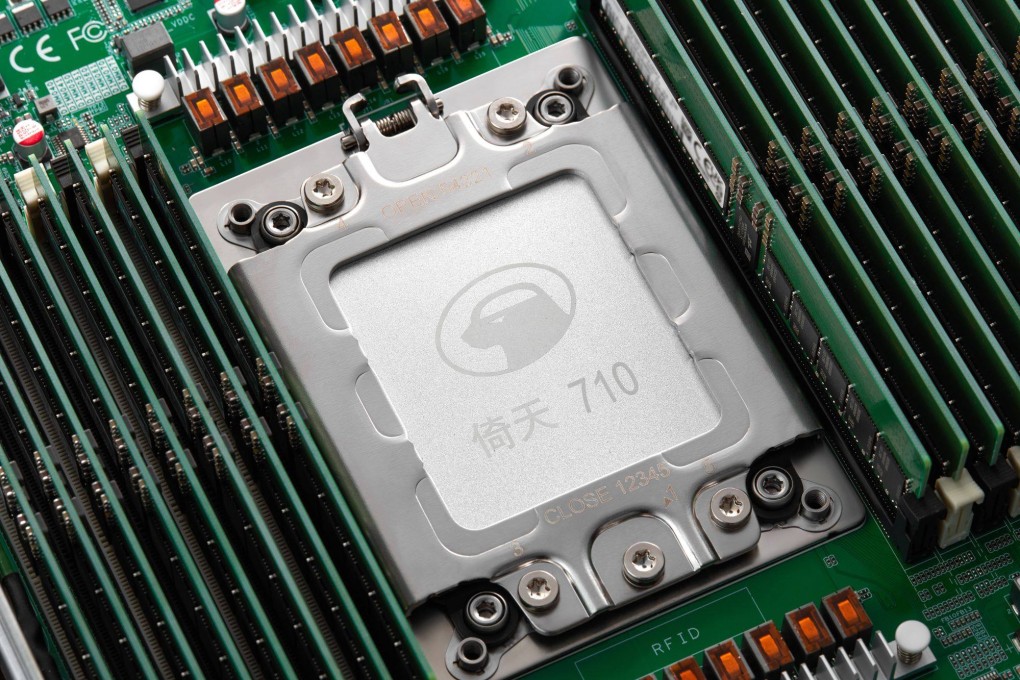Tech war: Trade friction, strict Covid-19 controls hinder inflow of overseas chip design talent
- The survey found that China will need about 320,000 chip design professionals by 2023, but the talent pool of such professionals in 2021 was 221,000
- China’s chip talent shortage is a key factor hindering the country’s semiconductor ambitions

Sino-US tensions and China’s rigid Covid-19 controls have significantly reduced the inflow of much-needed chip talent into the country, a private survey has concluded.
China is facing a serious talent shortage in semiconductor design talent even though an increasing number of fresh graduates are joining the industry, according to a survey conducted by chip IP company Arm China and Shanghai-based firm ICWise.
The survey found that China will need about 320,000 chip design professionals by 2023, but the talent pool of such professionals in 2021 was 221,000.
“Although some Chinese companies have managed to attract a certain number of high-level talent from abroad, it is still a far cry from what the industry’s development needs,” according to the 79-page survey.
“Due to the impact of growing US-China economic trade friction and the normalisation of Covid-19 controls, the talent that IC companies plan to hire from abroad was significantly lower [in 2021] than in 2020,” the survey said.
China’s chip design firms have mushroomed in recent years. Corporate registration records showed that 2,810 new semiconductor design companies started in 2021, up 26.7 per cent from 2020, as Chinese businesses jumped on the bandwagon to design their own chips.